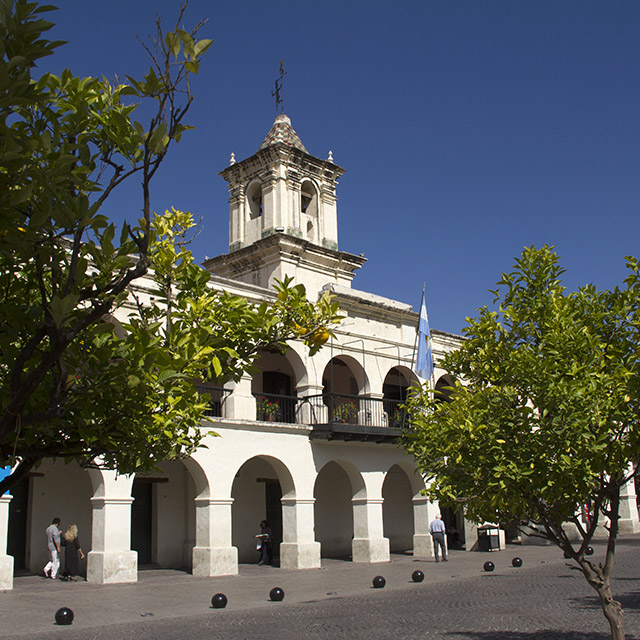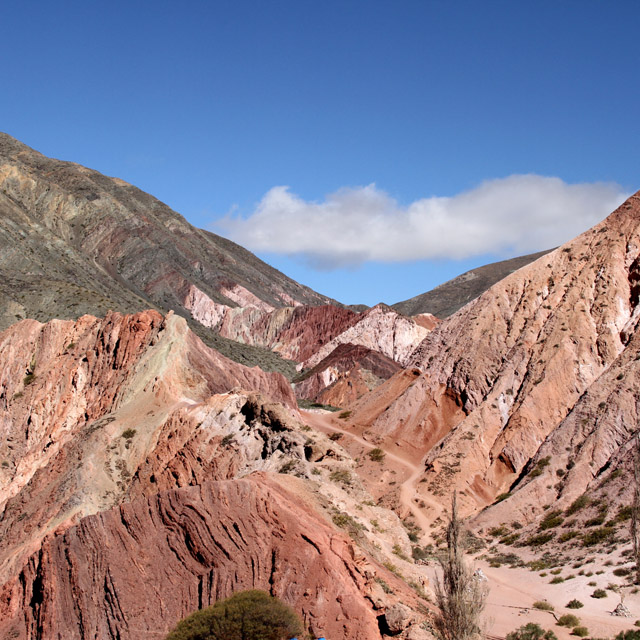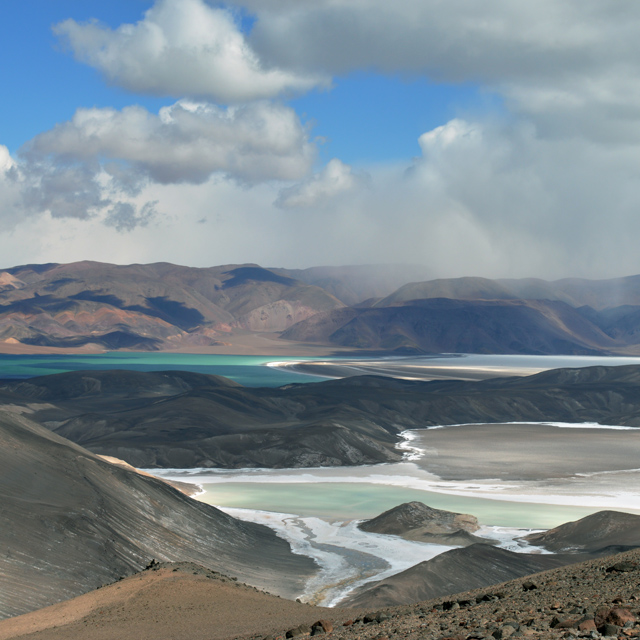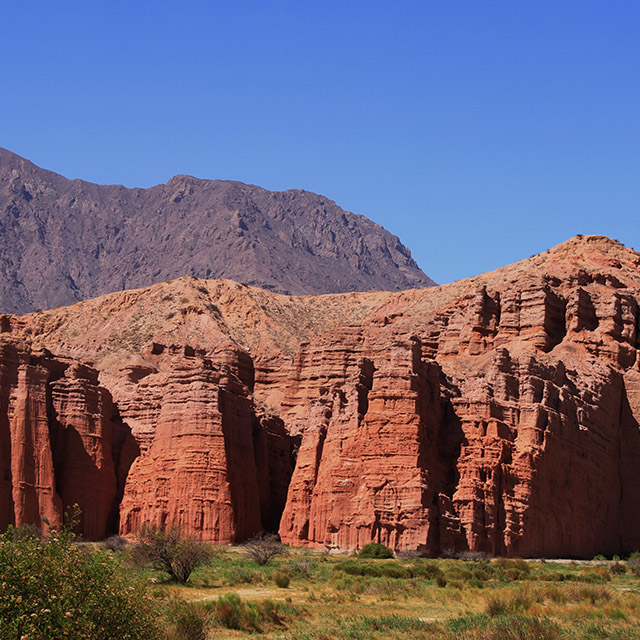The northwestern provinces of Jujuy, Salta, Catamarca and Tucumán combine magnificent and attractive natural wonders, a rich history and distinctive culture.
Ruins of fortresses and abandoned cities testify the time space from earliest cultures to the Inca Expansion, the Spaniard Conquest and the Argentine fight for Independence.
At the same time, the blending of deep seated indigenous roots with European culture crystalizes and comes alive in the local lifestyle, music, art, ceremonies, colorful handicraft markets and exquisite cuisine.




